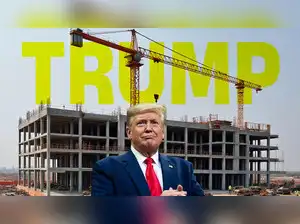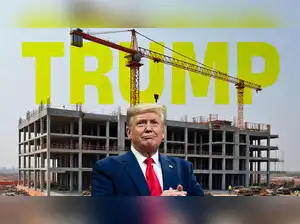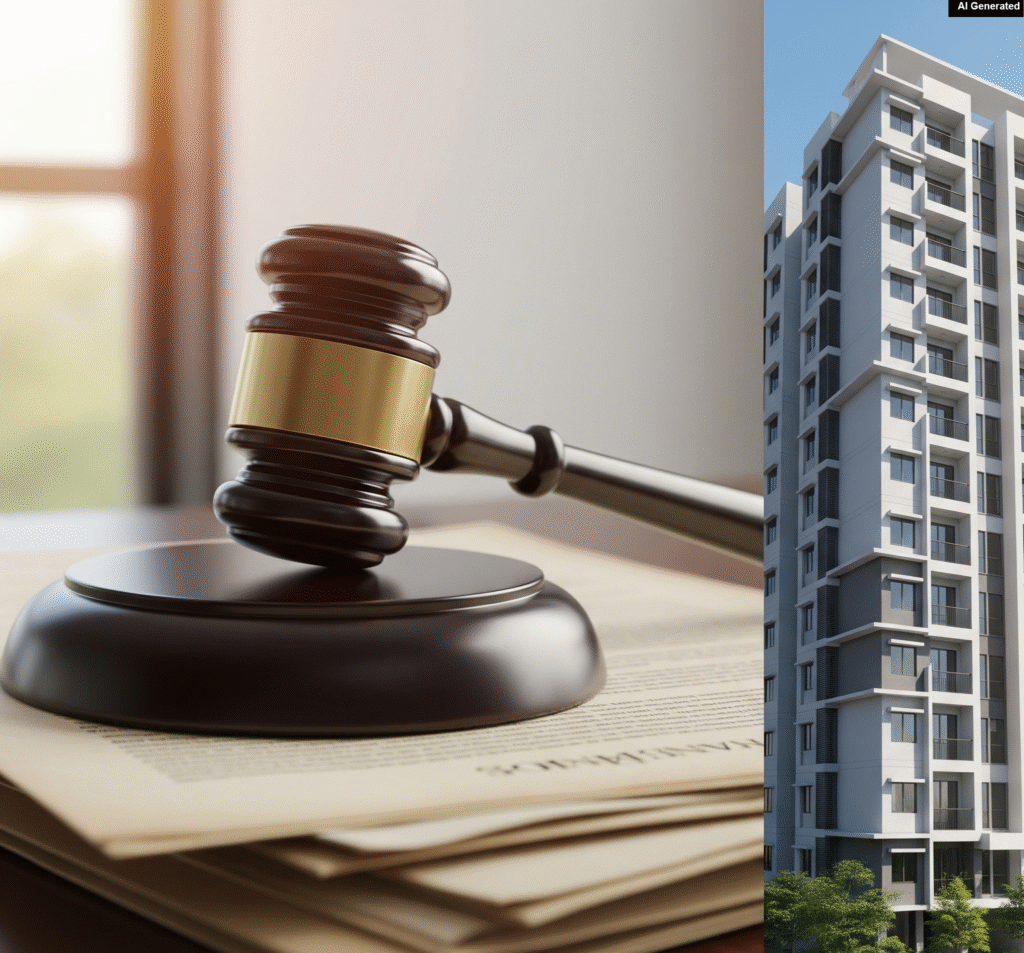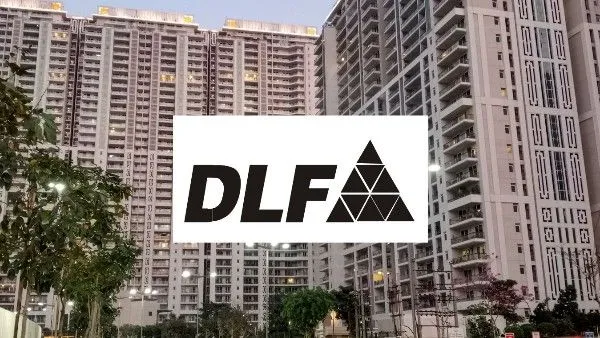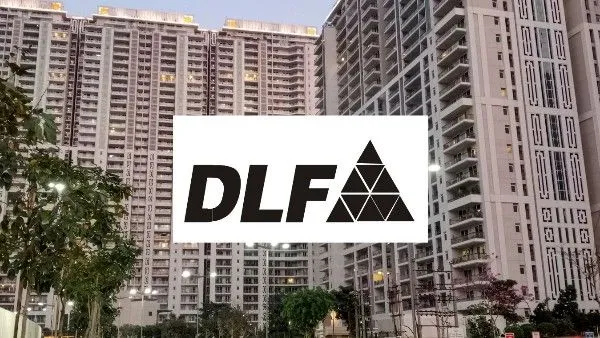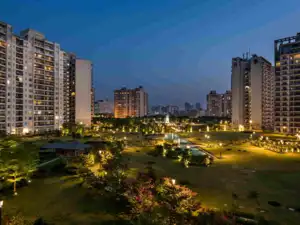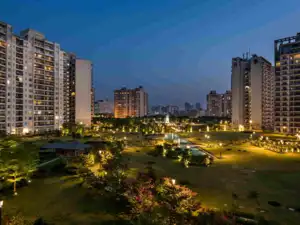Justice Served: Gurgaon Developer Faces Strict Penalties for Four-Year Project Delay
In a significant victory for consumer rights, Gurgaon Developer has been held accountable for a staggering four-year delay in delivering a commercial property. The Haryana Real Estate Regulatory Authority (HRera) has delivered a decisive verdict against Shine Buildcon Pvt Ltd, ordering them to compensate the aggrieved buyer and immediately move to transfer possession of the unit.

The case revolves around a commercial unit in the ’70 Grandwalk’ project, which the buyer had been waiting for since their initial investment. The gurgaon developer attempts to justify the extreme delay by citing events like demonetization and the COVID-19 pandemic were dismissed by the authority. HRera concluded that these circumstances did not warrant such a prolonged failure to deliver on their contractual obligations.
As a consequence of their findings, HRera has imposed a two-pronged penalty on the builder. Firstly, the firm must pay the complainant interest at a rate of 11.1% per annum for the entire period of the delay. Secondly, they have been given a strict 30-day deadline to hand over the possession of the unit, contingent on the buyer clearing any outstanding dues.
The regulatory body also uncovered that the gurgaon developer had imposed charges that were not part of the original buyer’s agreement. In its ruling, HRera mandated that all fees must be strictly aligned with the initial contract, protecting the buyer from any illicit financial demands.
This ruling sends a powerful message to the real estate industry, reinforcing that regulatory bodies are actively protecting the interests of homebuyers and that developers cannot expect to get away with unreasonable delays and unfair practices. It serves as a beacon of hope for other buyers who may be facing similar struggles with delayed projects.
Source : TOI

